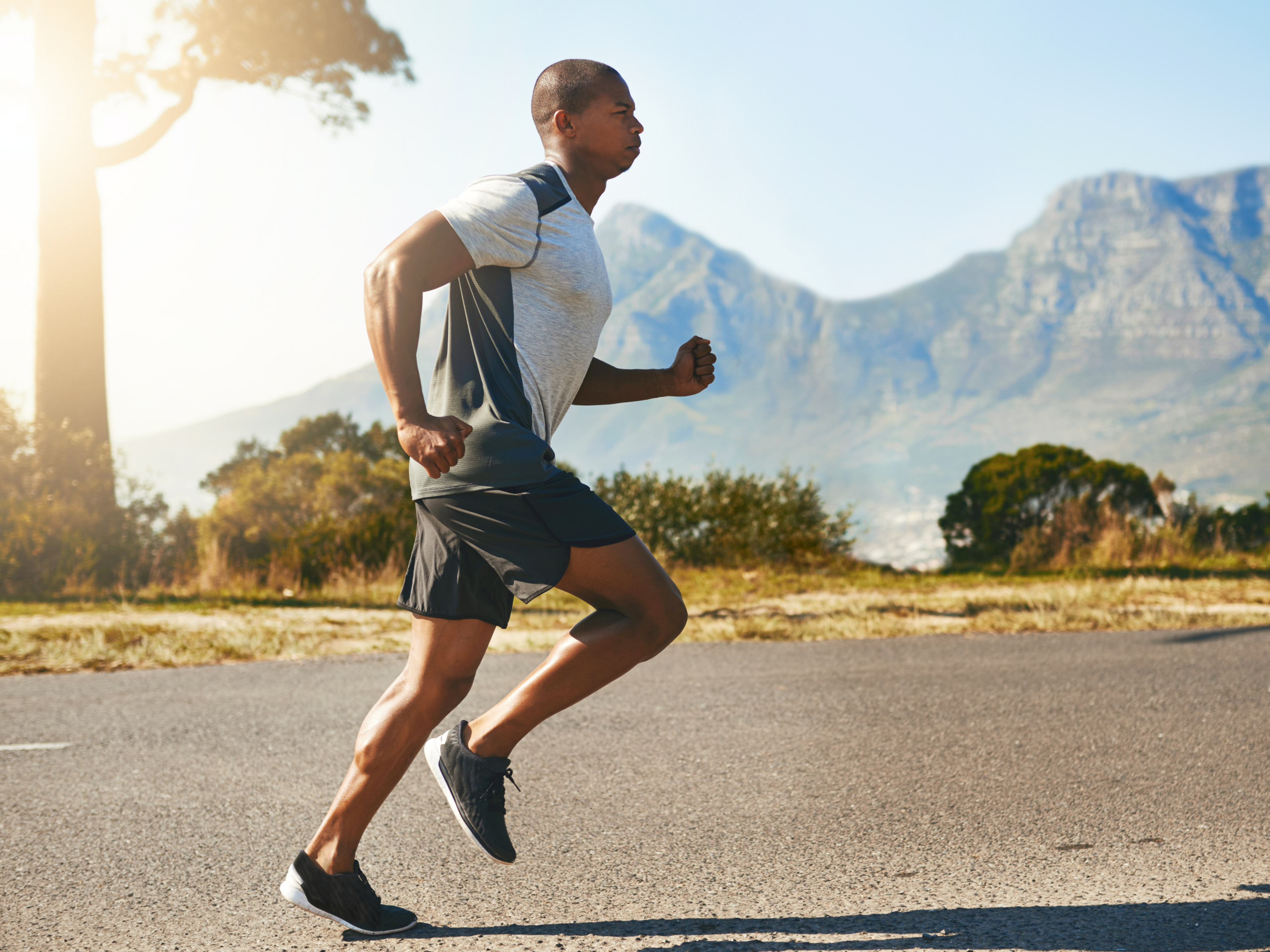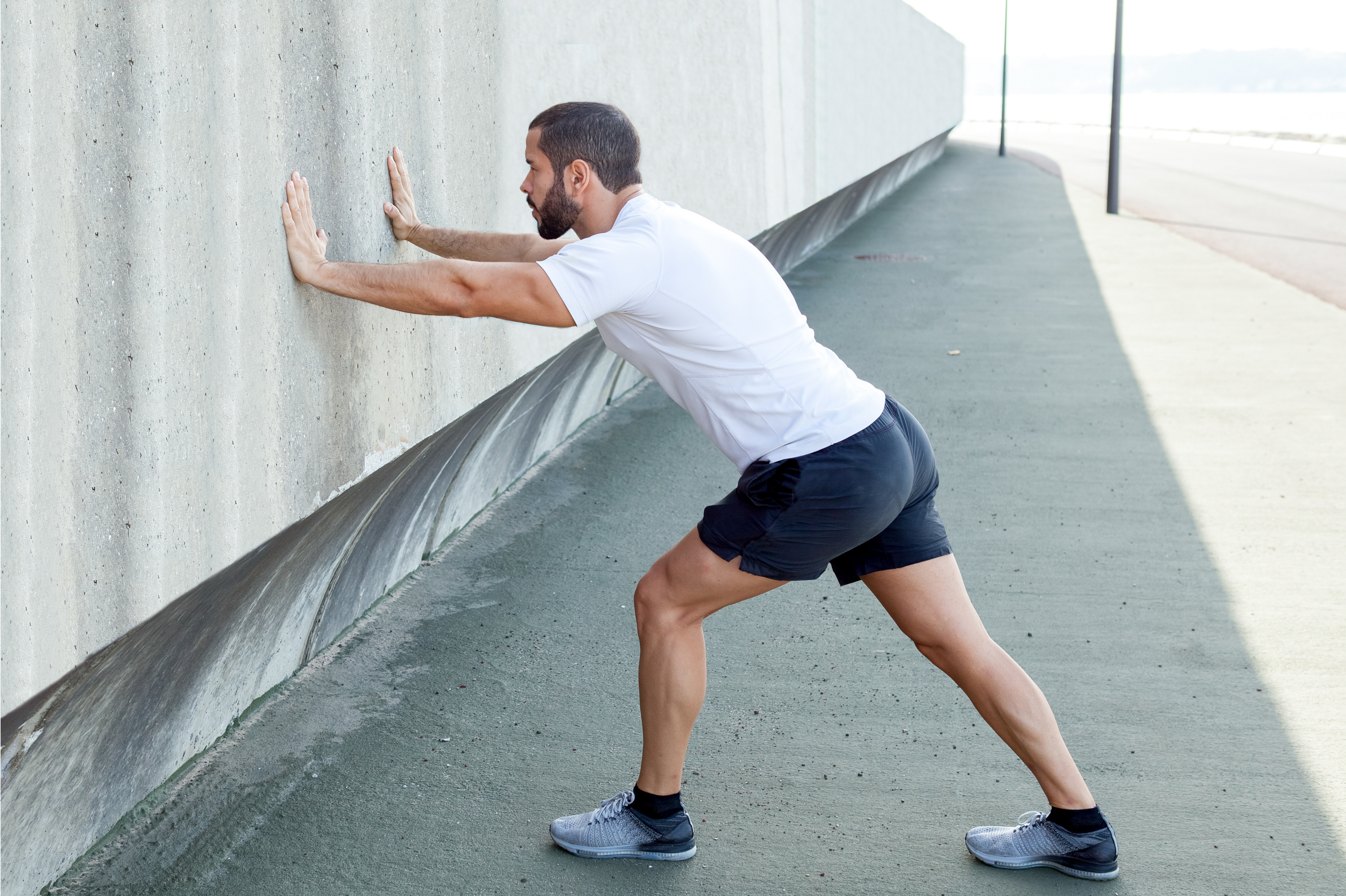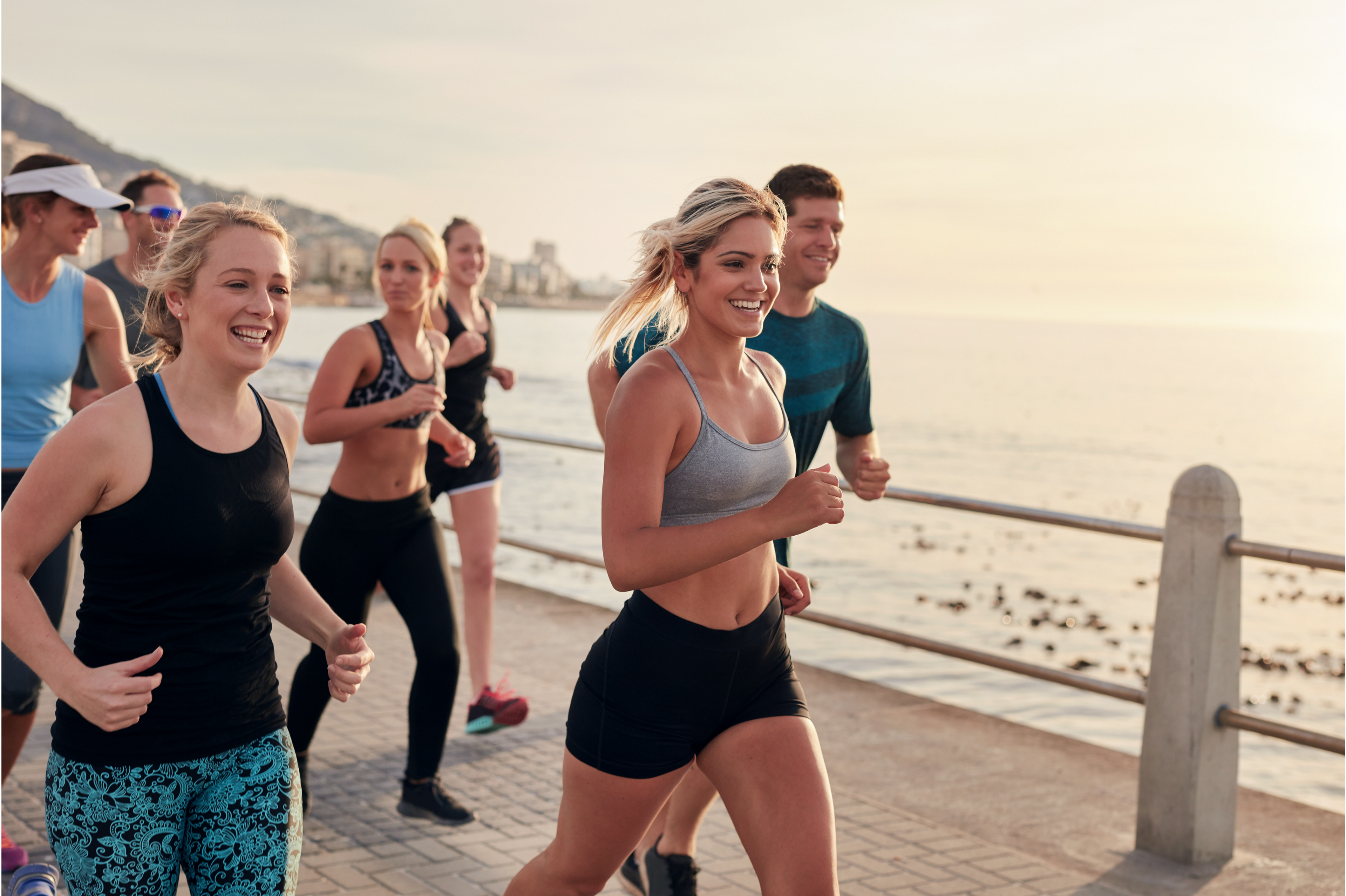How to correct your running form and avoid injuries (knee pain, shin splints, Achilles tendonitis)
Running is one of the most accessible forms of exercise, offering numerous health benefits such as improved cardiovascular fitness, stronger muscles, and enhanced mental well-being. However, poor running form can lead to a variety of injuries, undermining these benefits and sidelining even the most dedicated runners.
In this article, we will explore the scientific link between bad running form and common injuries, provide practical tips and exercises to improve your form, and explain how using Ochy can help you identify and correct form issues, in partnership with Exakt's strengthening plans.
The science behind running form and injuries
Bad running form is often at the root of many common running injuries. Research has shown that certain biomechanical inefficiencies can predispose runners to specific types of injuries. Here are some of the most prevalent issues caused by poor biomechanics:
Knee pain (patellofemoral pain syndrome)
Patellofemoral Pain Syndrome, commonly known as runner’s knee, is often caused by overstriding, excessive pronation, or weak hip muscles. According to a study published in the British Journal of Sports Medicine, these factors can increase the stress on the knees, leading to pain around the patella (kneecap). Poor alignment and inadequate shock absorption exacerbate this stress, resulting in discomfort and potential long-term damage.
Shin splints (medial tibial stress syndrome)
Shin splints are another common injury linked to bad running form. Overstriding, running on hard surfaces, and improper footwear can contribute to this condition. The repetitive stress on the shinbone and surrounding connective tissues causes inflammation and pain.
Achilles tendonitis
Achilles tendonitis is characterized by pain and stiffness in the Achilles tendon. Common causes include weak calf muscles, running form errors, and a sudden increase in mileage. Research published in The British Journal of Sports Medicine explains that excessive strain on the Achilles tendon leads to injury and pain, often requiring extended rest periods to heal .
Exercises and tips to improve running form
Improving your running form involves strengthening key muscles, enhancing flexibility, and adopting proper biomechanics. Here are some exercises and tips to help you achieve better form and reduce the risk of injury:
1. Strengthening exercises
- Hip Abductor Strengthening: Exercises such as clamshells and side-lying leg lifts help stabilize the pelvis and reduce knee stress. Strengthening the hip abductors improves overall alignment and reduces the likelihood of knee injuries.
- Calf raises: Performing calf raises strengthens the calf muscles, enhancing their ability to absorb shock and reducing strain on the Achilles tendon and plantar fascia.
- Core exercises: Core stability is crucial for maintaining good running form. Exercises like planks and bridges strengthen the core muscles, providing better overall stability and reducing the risk of various injuries.
2. Flexibility exercises
- Calf Stretches: Improving calf muscle flexibility through stretches can reduce strain on the plantar fascia, helping prevent injuries such as plantar fasciitis.
- Hip Flexor Stretches: Tight hip flexors can negatively impact running form. Incorporating hip flexor stretches into your routine can alleviate tightness and promote a more efficient stride.
3. Running Form Tips
- Maintain a Slight Forward Lean: Leaning slightly from the ankles, rather than the waist, engages the core and reduces knee stress. This posture helps in maintaining balance and efficient movement.
- Increase Cadence: Aim for a cadence of 170-180 steps per minute. Increasing your cadence can minimize overstriding and reduce the impact forces on your joints, thereby decreasing the risk of injuries.
- Midfoot Strike: Landing on the midfoot, rather than the heel, helps distribute impact forces more evenly across the foot. This technique can reduce the risk of injuries related to excessive shock absorption by the heel and forefoot.
How Ochy Can Help
Ochy’s advanced real-time biomechanics assessment tool can analyze your running form with precision, providing valuable insights to help you improve.
Here’s how Ochy can benefit you:
- Detailed Analysis: Ochy offers comprehensive insights into your running form, highlighting areas of concern such as overpronation, hip drop, or overstriding. By identifying these issues, you can take targeted steps to correct them.
- Personalized Recommendations: Based on the analysis, Ochy provides tailored exercises and tips to correct form issues, focusing on strengthening weak areas and improving mobility. These recommendations are designed to address your specific needs and help you run more efficiently.
- Partnering with Exakt Health Plans: Once you identify your form issues with Ochy, you can use Exakt’s strength and mobility plans to address these weak points. This combined approach ensures a holistic solution, reducing injury risk and enhancing performance. Exakt Health provides structured plans to strengthen muscles and improve flexibility, complementing the insights gained from Ochy’s analysis.
Conclusion
Correcting your running form is essential for injury prevention and performance improvement. By understanding the scientific link between poor biomechanics and common injuries, implementing targeted exercises and form tips, and utilizing tools like Ochy for precise analysis, you can run more efficiently and safely. Partnering with Exakt Health for tailored strengthening plans further supports your journey towards optimal running health.
By following these guidelines and leveraging the latest technology, you can achieve your running goals while minimizing the risk of injury. Happy running!



